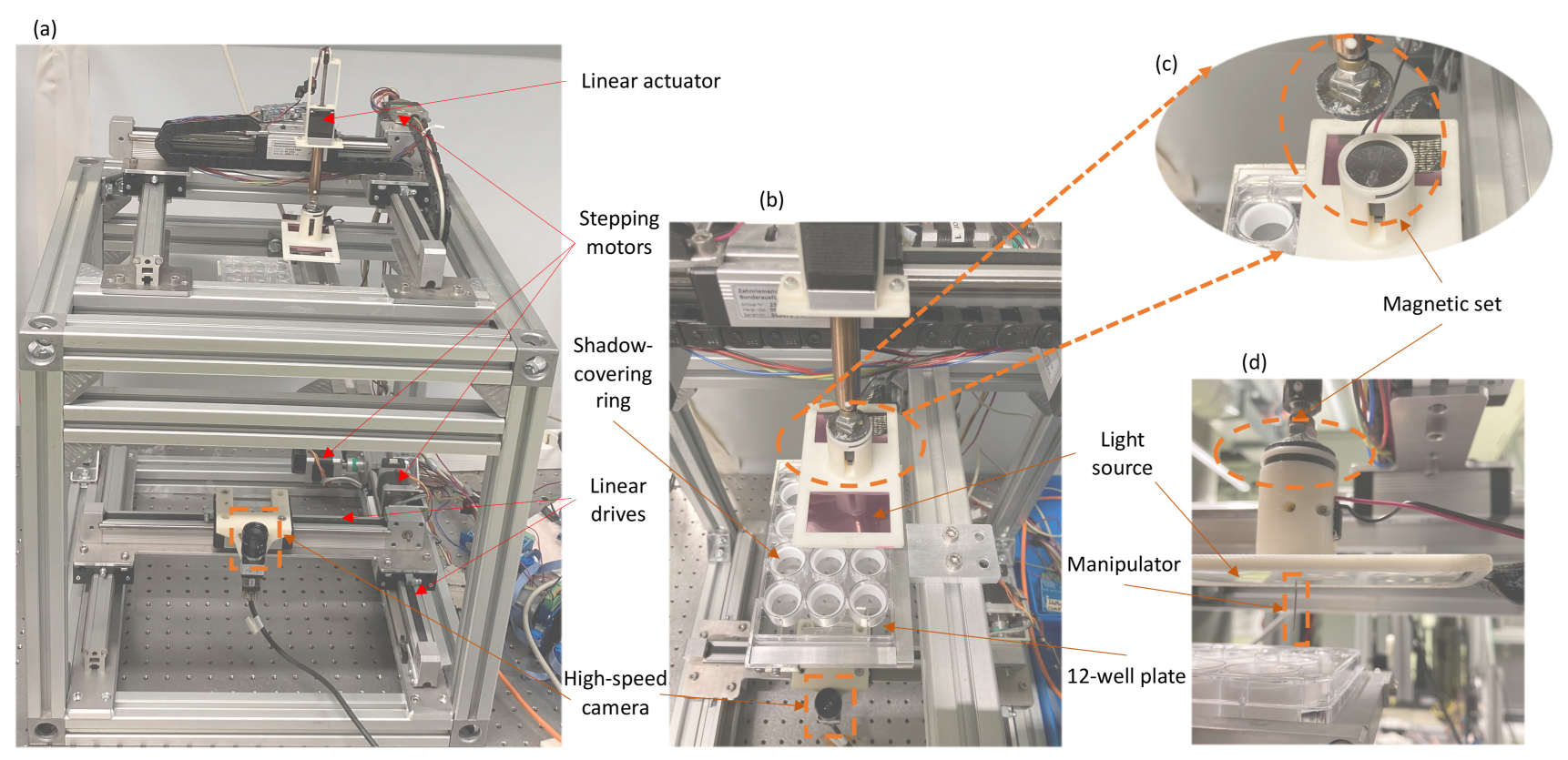Robotics and evaluation of Touch-Response Systems
- Contact:
Yanke Wang
- Project Group:
Machine Learning for High-Throughput Methods and Mechatronics (ML4HOME)
- Partner:
IBCS-BIP (Group Peravali)
- Startdate:
2019
The zebrafish model is a commonly used model for the behavior research and drug screening task, as the genomes of this model have high similarities to humans. A fully automated interface in larvae assays is arousing interest as the human intervention is not desired or even not allowed in some special and complex processes. This work aims to provide a common guidance to fulfil the automated interface, including a general concept for the automated process and the implementation of each part involved in the conceptualized process. This process is capable of automatically acquiring, inspecting, and analyzing data, which can be achieved by the modern advances, e.g., in the fields of computer vision, machine learning, and data science. Thus, the exploration of the those methods for the application to the full automated interface is the focus of this work.

In terms of automated laboratories, this work proposes a fully automated interface to achieve an automated experimental process (as visualized in Fig. 1), which is applied to a specific experiment protocol: touch-response screening on zebrafish model. Four systems are proposed to implement the automated touch-response screening, including the automated data acquisition platforms for the single-larva and multi-larvae cases, respectively, the automated inspection pipeline for the collected data, and the pattern analysis pipeline of the inspection results for the drug screening task. Many advances in computer vision and data science are explored to generate these four systems, and verification experiments are conducted to prove that the proposed systems can automatically screen the touch-response behavior of zebrafish larvae and generate the expected results. In addition, the customized evaluation metrics are defined to evaluate each proposed system and to search for desirable parameters related to the systems.

